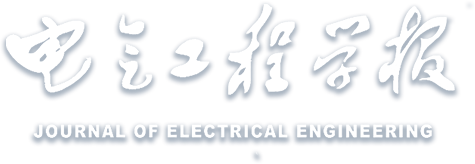MSMA自感知执行器结构优化设计*
Structural Optimization Design of Self-sensing Actuator Based on MSMA
-
摘要: 磁控形状记忆合金(Magnetically controlled shape memory alloy,MSMA)是一种新型功能材料,利用其可逆特性研制的自感知执行器,可实现机械力与电磁信号的双向转换。基于理论分析及有限元软件Ansoft Maxwell,以增加气隙磁密,减少励磁功率和磁路漏磁为优化目标,开展了MSMA自感知执行器的气隙宽度、铁心结构、材料等结构参数的优化设计及仿真研究。优化设计后的自感知执行器结构合理,磁场分布均匀,励磁功率显著减小。试验结果表明,自感知执行器输出的感应电压幅值与信号稳定性均得到提高,验证了自感知执行器结构优化设计的正确性与合理性。Abstract: Magnetically controlled shape memory alloy(MSMA) is a new kind of functional material. A self-sensing actuator developed by using its reversible property can realize bidirectional conversion between mechanical force and electromagnetic signal. Based on theoretical analysis and finite element software Ansoft Maxwell, in order to increase the air gap flux density, reduce the excitation power and magnetic circuit leakage as the optimization objectives, the air gap width, core structure, MSMA material selection and other aspects of the optimization design and simulation are studied. The self-sensing actuator with optimized design has more reasonable structure, more uniform magnetic field distribution and better overall performance. The experimental results show that the induced voltage amplitude and signal stability of the self-sensing actuator are improved, which verifies the correctness and rationality of the structure optimization design of the self-sensing actuator.


 下载:
下载: